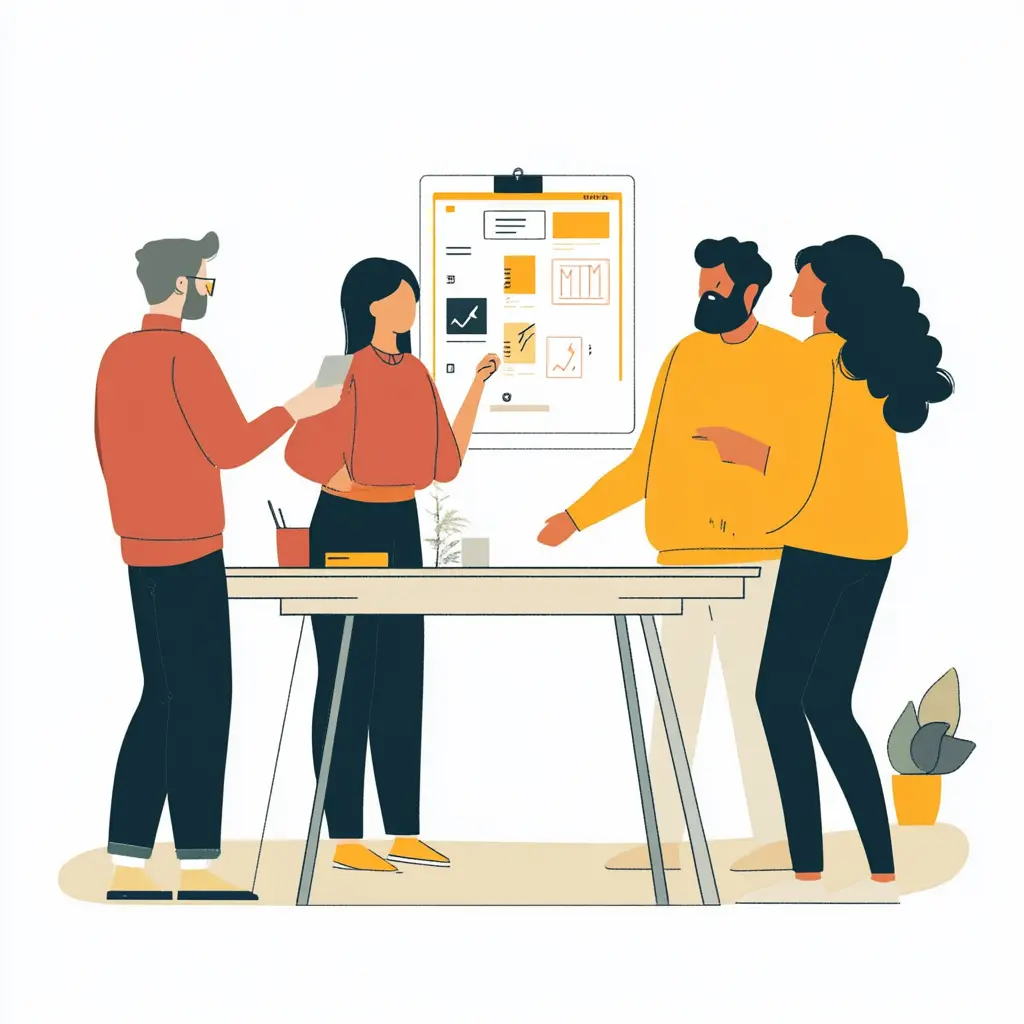Accessibility in UX design is not just a legal responsibility; it is a fundamental aspect for ensuring an inclusive and enjoyable user experience for all users.
What is Accessibility in UX Design?
Accessibility in UX design refers to creating digital products that are usable by people of all abilities and disabilities. The core principle is to ensure that everyone, including those with impairments related to vision, hearing, mobility, and cognition, can interact with and enjoy your product effectively. This means implementing design practices that accommodate various limitations which might otherwise exclude certain groups from accessing digital content.
Accessibility is a key factor in user experience and must be an integral part of the design process.
Why is Accessibility Important in UX Design?
The importance of accessibility in UX design spans various critical domains:
- Legal Compliance: Laws and regulations, such as the Americans with Disabilities Act (ADA) and Web Content Accessibility Guidelines (WCAG), mandate that websites and digital services must be accessible to people with disabilities.
- Enhanced Usability: Accessibility improvements often benefit all users, not just individuals with disabilities. Features like larger text sizes, intuitive navigation, and clear color contrasts make websites more user-friendly.
- Expanded Audience Reach: By ensuring your design accommodates everyone, you open your product to a broader audience, leading to increased user engagement and satisfaction.
- SEO Benefits: Accessible websites are generally well-structured and organized, enhancing search engine optimization (SEO) and improving your website’s visibility.
Striving for accessibility in design can significantly boost your site’s usability and SEO.
Key Elements of Accessible UX Design
To create an accessible user experience, consider integrating the following elements into your UX design:
- Keyboard Navigation: Ensure that all interactive elements can be accessed and operated through keyboard navigation, supporting users who cannot use a mouse.
- Alternative Texts: Provide descriptive alternative texts for images to help visually impaired users relying on screen readers understand the content.
- Color Contrast: Use contrasting colors to ensure text is readable for users with color vision deficiencies.
- Responsive Design: Incorporate responsive design principles to ensure your site works well on all devices and screen sizes, considering touch targets and screen readers.
- Form Accessibility: Design forms that are easy to navigate and understand, with clear labels and error messages that are easily interpretable by assistive technologies.
Incorporating these key elements ensures that your design accommodates the needs of all users.
Common Accessibility Tools and Technologies
Various tools and technologies can aid in creating and testing accessible designs:
- Screen Readers: Tools like JAWS and NVDA help test how well your site works with screen readers.
- Color Contrast Analyzers: Programs such as the WCAG Color Contrast Checker help verify adequate color contrast.
- Keyboard Accessibility Tools: Tools like aXe and WAVE can evaluate your website’s keyboard accessibility.
- Cognitive and Learning Toolkits: Solutions like accessibility insight tools from Microsoft help design inclusive user experiences.
Utilizing these tools and technologies can streamline the process of implementing accessible UX design.
FAQs
What is the primary goal of accessibility in UX design?
The goal is to make digital content and user interfaces usable for everyone, regardless of disabilities, providing an inclusive experience.
How does accessibility improve SEO?
Accessibility aids SEO by enhancing site structure, making it easier for search engines to crawl and index content, and improving user engagement metrics, which search algorithms value.
Can improving accessibility be resource-intensive?
While initially requiring careful planning and possible redesigns, the long-term benefits of reaching a broader audience and ensuring legal compliance make it a worthwhile investment.
For more resources on accessibility in UX design, please visit the W3C Web Accessibility Initiative.





